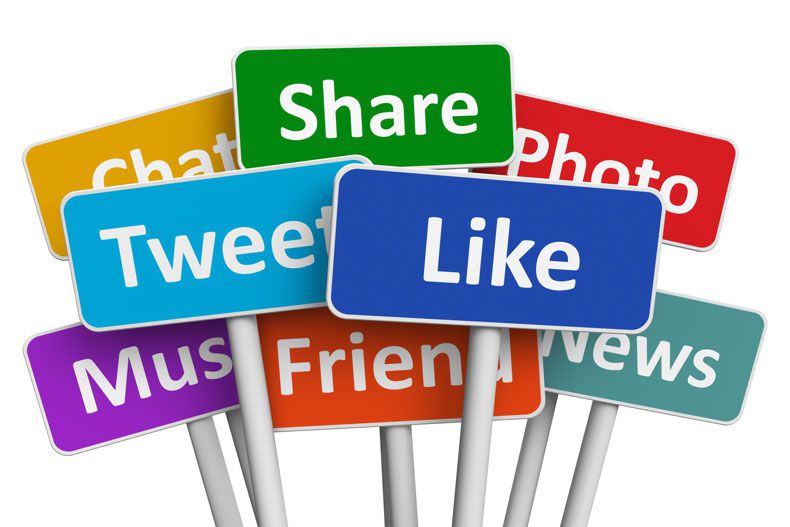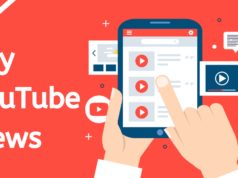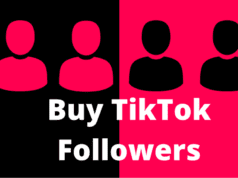
So you want to define a social media strategy for your business? The place to start is with a full understanding of the most widely-used social platforms, their unique purpose, and whether or not your business will be able to reach its target audience.
Facebook, Twitter and Pinterest all trend highly with small and medium-sized business owners. With the greatest volume of users per month, these platforms allow you to build a following, showcase new products, and sometimes act as an arm of customer service.
We’ll look at what differentiates these three popular networks, comparing various key metrics so you can feel confident starting your path towards social media success.
Getting Started
To begin, frame your evaluation of each platform with the following questions:
- What is the unique purpose of this platform?
- Do its attributes relate to my business’s needs?
- Which target audience does this platform serve?
- How much time on this network is necessary to have the best impact?
Evaluating Purpose and Unique Attributes
There’s no shortage of social-driven platforms so spend time exploring once you’ve gotten your feet wet. You’ll find that Facebook, Twitter, and Pinterest are more than likely the places with the highest concentration of your key demographics. In examining the purpose and unique attributes of each, you’ll find that though they are all ‘social’, they have different strengths and selling points.
Primary Purpose: Builds brand loyalty and reputation. Establishes your business as an authority through interesting content and informational posts.
Unique Attributes:
- Reaches a variety of segments of an audience with one post
- Offers opportunity to create ads to drive traffic to your website/blog
- Encourages dialogue and depth with a customer base
- Ideal for sharing personal stories, testimonials, detailed information about your business
Twitter
Primary Purpose: Shares breaking news and quick updates, promotes new products, content, or brand contests, collects instant feedback from your audience.
Unique Attributes:
- Serves people looking for quick info, company news, and immediate response to questions about products or events
- Focuses on dialogue creation and starting conversations with customers
- Known for its hashtag (#) communication functionality
- Best platform for PR/publicity purposes when traditional media does not respond
Pinterest
Primary Purpose: Acts as an online scrapbook, showcases products, and displays brand essence through inspiration boards.
Unique Attributes:
- Generates leads and drives traffic to other content (or back to your website)
- Visually promotes and highlights products/services through images
- Provokes immediate or future Call-to-Action (CTA) responses
- Allows you to micro-target your search with clearly defined categories
Most businesses find that Facebook helps strengthen relationships once initially established. If you want to grow an audience around promotions and sales, Twitter or Pinterest has the quickest impact. Check out these informative results of the 2014 Pew Research Center study.
Understand and find your target audience
Defining your target audience and knowing where to find them is the foundation to navigating the non-stop maze of social media. Facebook, Twitter, and Pinterest each have significantly different mixes in regards to average age and gender:
Average Age Range of Users: 25-45 years old
Gender of Users: 60% female, 40% male
Twitter
Average Age Range of Users: 18-29 years old
Gender of Users: 50% female, 50% male
Pinterest
Average Age Range of Users: 18-35 years old
Gender of Users: 80% female, 20% male
If you’re looking for ways to define the particular needs of your audience, consider developing personas for your target social media audience. This will create a precise vision of exactly who they are, what content or information they’re craving, and where you should focus to communicate with them.
Consider the time commitment required
The keyword in social media is ‘social’, probably the most understated and forgotten portion of the equation. Not unlike good public relations, businesses should use social media as a source of ‘2-way communication’ with their audience, regardless of the platform.
This means that in addition to posting articles, videos, and other relevant posts you want your audience to ‘Like’ and ‘Share’, you need to interact with them.
How often should I post to my social networks?
- Facebook: 1-2 times per day or 6 times a week
- Twitter: 3-4 times a day or 20 times a week
- Pinterest: 2-3 times per day or 10 times a week
The average amount of time spent by small businesses on social media per week? 6 hours and counting.
Bottom line: Don’t feel pressured to be on every platform. Start with the one that connects you with the right audience, aligns with your business’s needs, and one you can regularly manage.
Want more insight on social media marketing? Sign up for an upcoming ‘Fundamentals of Social Media’ webinar.
© 2015, VerticalResponse Blog. All rights reserved. Unauthorized use and/or duplication of this material without express and written permission from this blog’s author and/or owner is strictly prohibited.








